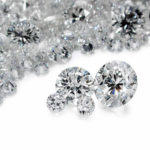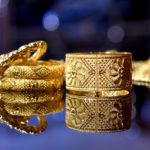You’ve might not but a lot of thought into it, but here’s a lot more to sterling silver that meets the eye. There’s the process of making it, the materials used in “pure” silver, and even the stamps on the back. This article will give you the run-down of all you need to know without the hardcore jeweller’s jargon.
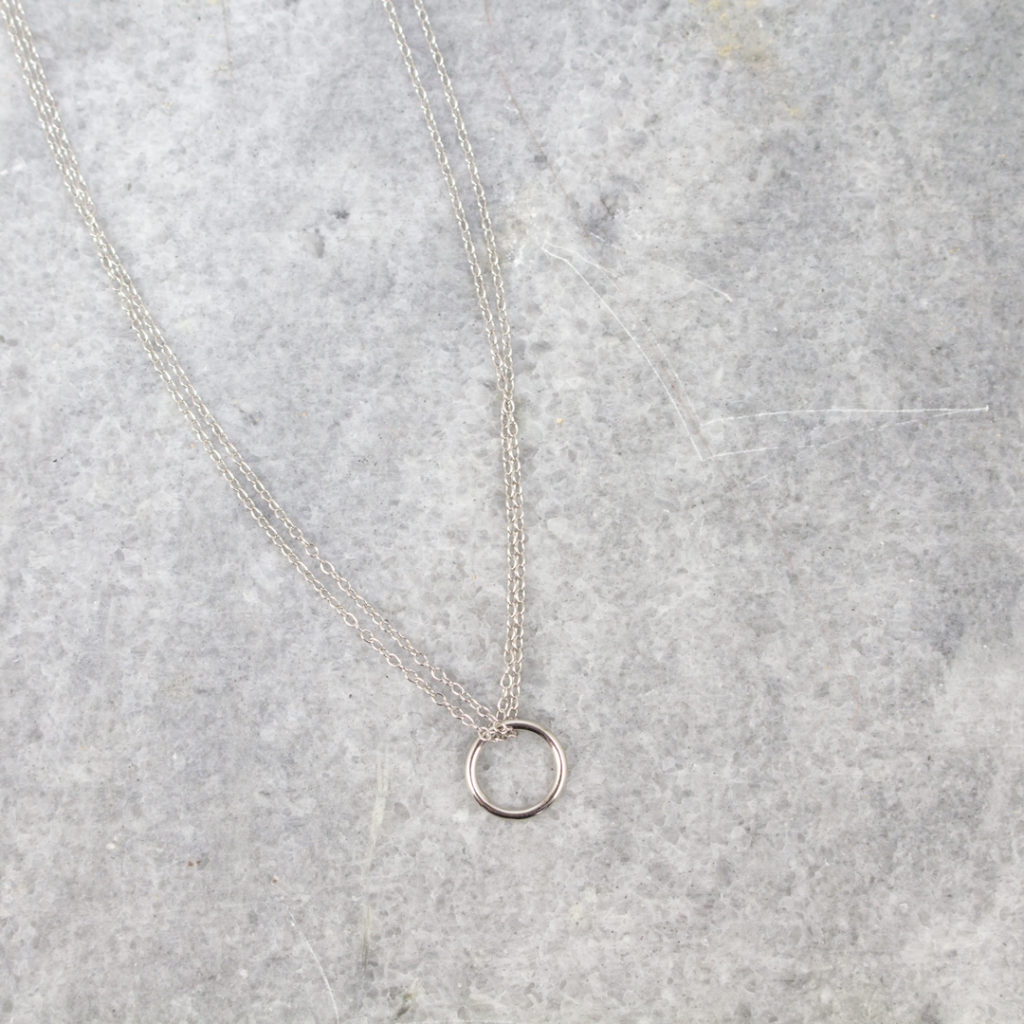
What does 925 Mean?
Simply put, 925 means sterling silver.
The majority of silver products on the market – if not all – are sterling silver. That’s because pure silver, which is 99.9% fineness, is too soft to be made into complex shapes. In order to be moulded into everyday items, silver has to have other materials mixed in with it. Usually, the other material is copper at 7.5%. That then makes the silver 92.5% pure, which is where the stamp comes from.
Aside from “925”, “ster”, “sterling”, and”sterling silver” are other acceptable stamps.
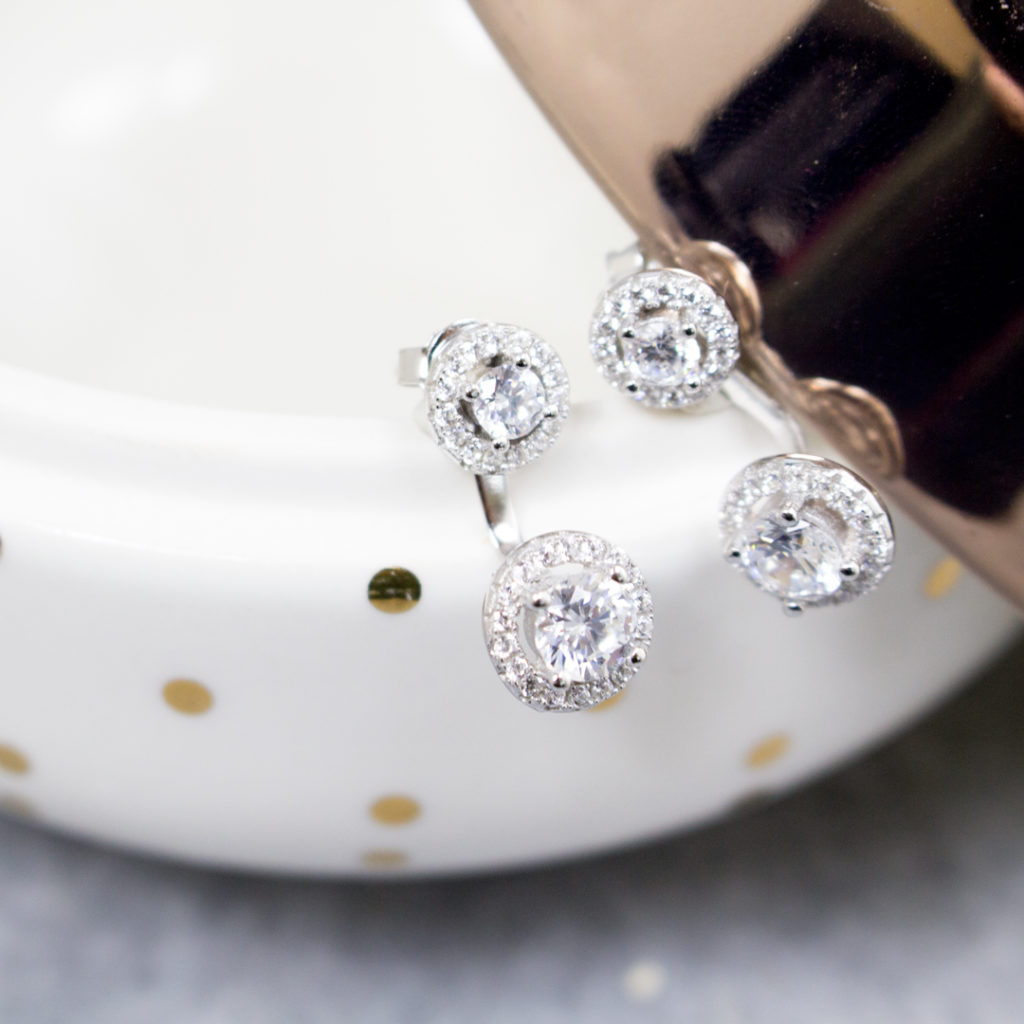
Why You Should Know The Difference
Sterling silver is very different from silver-filled and silver-plated in both price and quality.
Silver-plated means that a less-expensive material was used to make an object and coated with a thin layer of sterling silver. Similarly, silver-filled is when a lesser material is coated with silver, but the outer layer is only 5%. Neither is particularly durable considering they can scratch easily, and as mentioned before, aren’t particularly valuable.
Due to the high price of silver, there are many fake 925 silver pieces in circulations. Many of them are hard to spy and causing both business owners and consumers to fall prey. Luckily, there are a few ways to avoid buying these fakes.
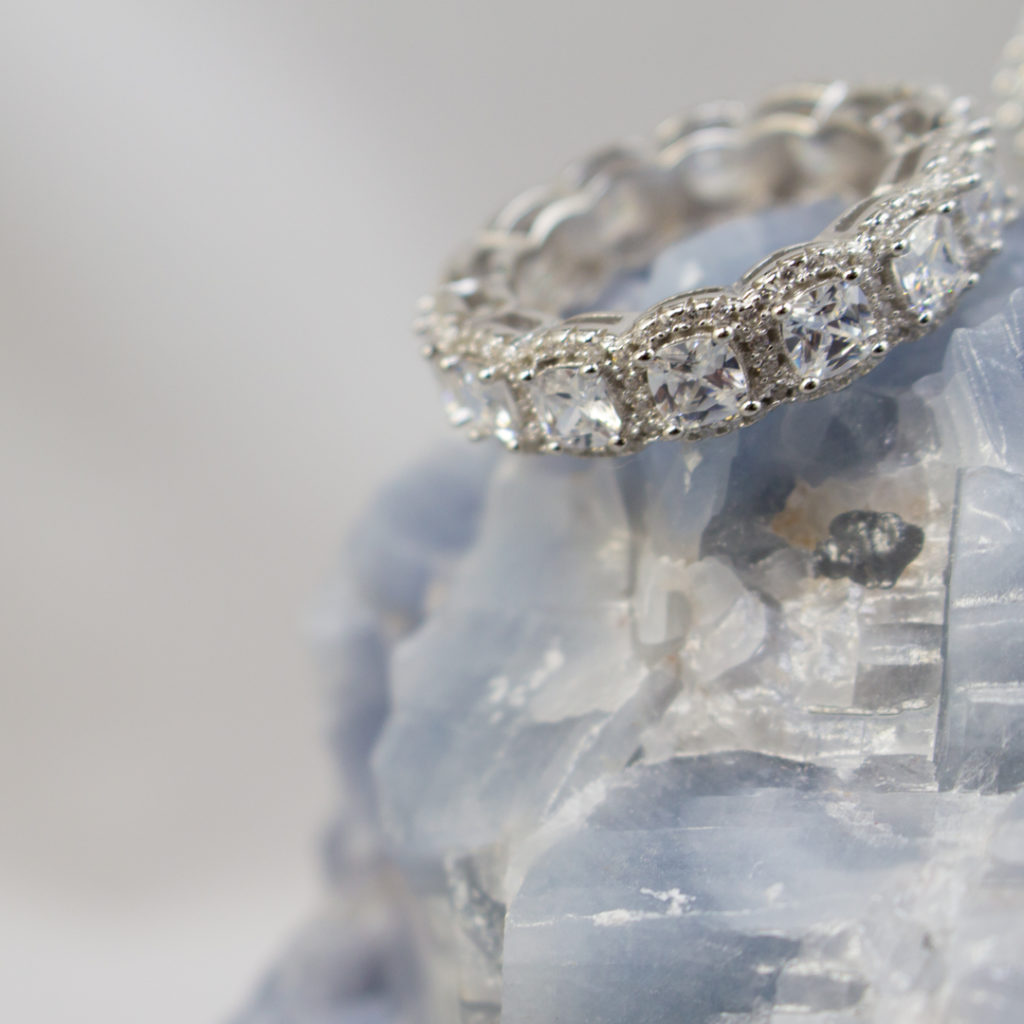
How to Tell Them Apart
Not everyone has an eye for silver, so judging based on hue or markings might not be so easy for everyone. Luckily, there are other methods that can help.
For larger pieces, it can be as easy as taking a large whiff. If silver is rubbed hard enough, it shouldn’t produce a smell. If it’s metallic or brass-like, then it’s not sterling silver.
Silver is not a magnetic material, so putting a magnet near it shouldn’t cause the magnet to move closer or stick to the silver. Keep in mind, a regular fridge magnet isn’t strong enough for the test, so opt-in for a larger one if you’re thinking of doing a test.
As strange as it sounds, the ice test is a common method as well. Since silver is a conductor, use your hands to heat up the item and hold it against the ice cube. If it’s silver, the cube should melt quicker than other metals.
There are acid test kits as well as all over the internet, but some can cause discolouration. If you don’t feel comfortable using one, you can always go to a professional.
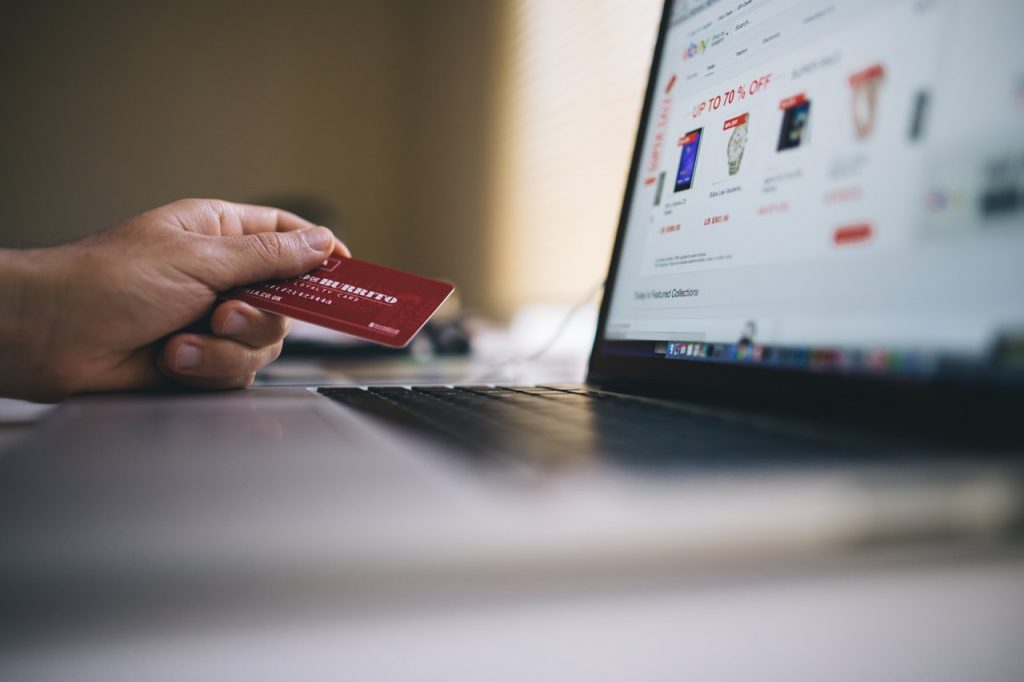
How to Avoid Fakes
The most important thing is to make sure you buy from a reputable dealer. Some sources are too good to be true, but others are more skilled in their ways. Always do your research ahead of time. There are tons of reviews online for which suppliers to trust and which to avoid.




